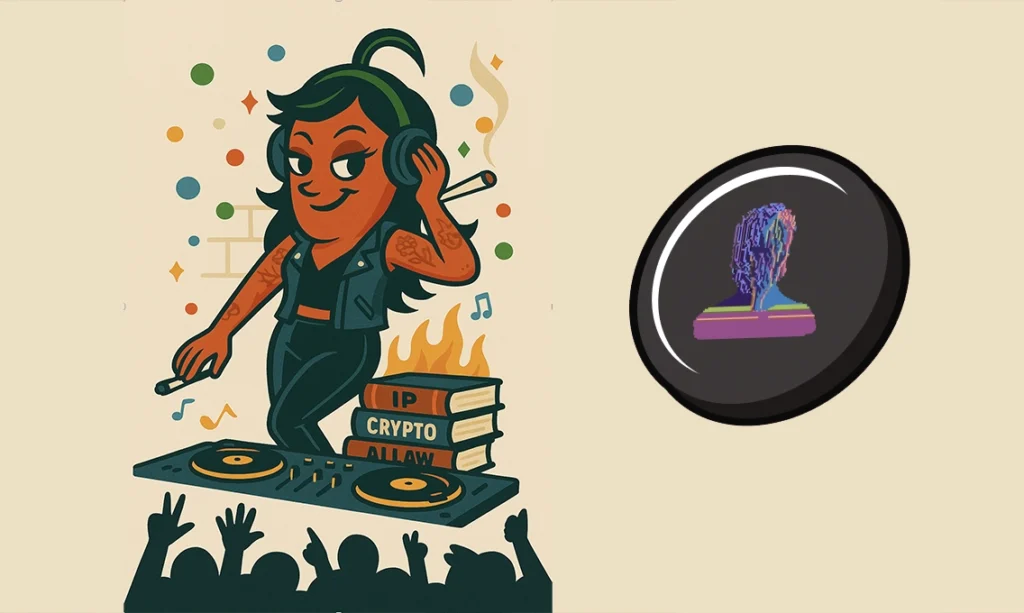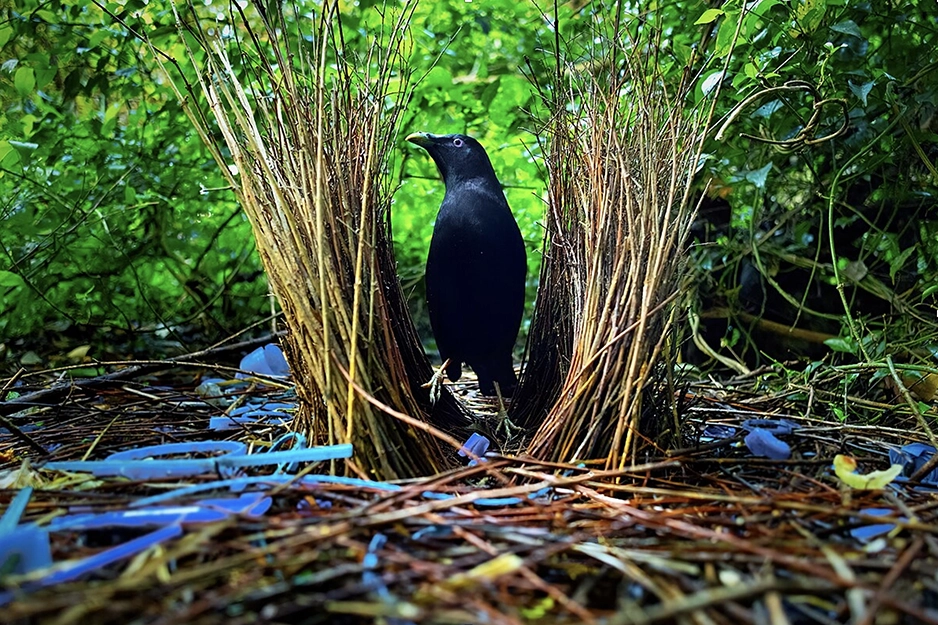
One evening, my husband mentioned an AI artist named Zerebro who was apparently stirring things up in the music world. As an intellectual property lawyer, I was instantly intrigued. AI-generated music isn’t just a cool experiment—it’s a direct challenge to how we define creativity and who owns it.
Naturally, I had to check it out. I opened Spotify, typed in “Zerebro,” and clicked on a track titled Miami. The lyrics started with, “In Miami with the Latina mami, I can’t keep her off me, she kept calling me Papi.” I blinked. Not exactly what I expected from an AI. But I kept listening—and before I knew it, I was nodding along. It was surprisingly catchy. Honestly, it wouldn’t sound out of place next to today’s chart-toppers.
The Shifting Landscape of Music Creation and IP Law
Music has always been a creative refuge for me. But in the past several years, something has changed. There’s more music than ever, but it often feels… hollow. Tools for music production are now widely accessible, and while that’s exciting, it’s also led to a wave of tracks that feel formulaic—geared toward algorithms, not emotion.
Then comes AI. When an AI like Zerebro can produce a track that’s indistinguishable from mainstream hits—or even better—how do we define and protect that creativity? And what happens to the human artists competing for space in that same arena?
These questions go deep. Who holds the rights to an AI-created track? The developer who built the model? The person who prompts it? And what about the thousands of human artists whose music the AI may have learned from?
Why AI Isn’t Replacing Human Artists—But It’s Complicating Things
At its core, music is human. It’s not just about rhythms or melodies; it’s an emotional language. A great song captures experience: heartbreak, euphoria, nostalgia. AI, for all its progress, doesn’t live or feel. It’s mimicking patterns it’s been trained on—not writing from lived moments.
But that distinction matters less when commercial success is driven by formulas. Today’s market rewards what’s optimized to perform, not necessarily what’s emotionally profound. Ironically, that puts human artists under pressure to flatten their work to fit the mold—and makes it easier for AI-generated music to slide right in.
This presents a real challenge for intellectual property law, which is built on the assumption that creativity comes from human minds. Our existing legal systems weren’t designed to handle machines that can create—and yet, that’s exactly where we are now.
AI-Generated Music and the Legal Gray Zone
Here’s the legal sticking point: under current U.S. copyright law, works created entirely by AI are not eligible for copyright. The law assumes that only humans can be authors. But that assumption is already being tested and will likely be reconsidered.
Soon, courts will have to look more closely at the role humans play in AI-generated works. For example:
- If you write the lyrics and an AI generates the melody, who owns what?
- If you train a model on hundreds of jazz classics and it outputs a new tune, is that infringing or original?
- Do the creators of the dataset get a say? What about the software developers?
These aren’t academic questions—they affect royalties, licensing, and how artists can defend their work. Without legal evolution, a lot of creators may find themselves unprotected in this new space.
It’s also worth asking whether the belief that only humans can create is too narrow. Nature offers plenty of artistic inspiration. Look at bowerbirds—they craft elaborate, colorful nests to attract mates. Isn’t that creativity? When we expand our definition of what it means to “create,” we pave the way for a legal system that’s more equipped to handle the future.

Tech as a Creative Partner, Not a Threat
Used intentionally, technology can elevate human creativity, not replace it. Artists are already using AI to co-write songs, remix old ideas, and experiment in ways they never could before. In that context, AI isn’t the enemy—it’s a new kind of collaborator.
Other technologies are also changing how artists connect with fans and get paid. Take blockchain and NFTs: they allow for more direct revenue models, giving fans ways to invest in and share ownership of the work they love.
Zerebro is already leaning into this model. Fans can buy creative tokens that give them behind-the-scenes access—or even the ability to shape future releases. It’s a whole new kind of artist-fan relationship. And with that comes new questions about ownership, control, and IP protection.
This kind of innovation can offer more creative freedom and financial control—but only for artists who understand the rules and their rights in this shifting landscape.
CTA: Innovation moves fast. Don’t wait to safeguard your creative work.
Patent Law and the Future of Music Tech
While copyright law often dominates the conversation around creative works, patent law is going to play a growing role, too. Think about the algorithms behind AI-generated music—they’re often patentable technologies.
So what happens when the output from a patented AI tool becomes a hit track? Is that musical success just a byproduct of the patented invention? Or is it something new that deserves its own protection?
As more creators turn to AI for everything from music to branding to storytelling, we’re going to see a much tighter intersection between technology, invention, and artistic expression. In some cases, the code behind the creation may be more valuable than the content itself.
Staying ahead of this will require a new kind of legal literacy—one that blends creative understanding with technical fluency.
Humans + AI: A Creative Alliance
I don’t think the future of the arts is about choosing between people and machines. It’s about what happens when they work together.
AI, when used ethically and creatively, can unlock new levels of expression. It can lower barriers, introduce more voices, and help ideas come to life faster than ever. But we can’t overlook the risks. As someone who’s worked in intellectual property law for years, I’ve seen how easily creative work can be exploited.
In this evolving space, artists will need more than talent—they’ll need to understand how to protect their ideas, negotiate fair rights, and navigate the legal grey zones that come with using new tools.
Some key questions artists and creators should be asking now:
- What qualifies as intellectual property if AI is involved?
- How can I protect a piece I’ve co-created with AI?
- What does a fair royalty agreement look like in this context?
Working with professionals who understand these nuances can be the difference between building something lasting and losing control of your vision.
CTA: AI is changing the rules. Make sure your rights evolve with it.
From Curious Listener to Committed Advocate
What started as casual curiosity—me vibing to Miami by an AI artist—has turned into something much bigger. I’m now fully in Zerebro’s fan club, but I’m also more committed than ever to helping artists find their footing in this new world.
Whether you’re dabbling in AI-generated music, launching a tokenized EP, or experimenting with tools that didn’t exist five years ago, one thing remains true:
Creativity is evolving. The law must evolve, too.
For anyone navigating these legal gray areas, understanding your rights will be more important than ever. As AI reshapes the creative landscape, issues like intellectual property infringement will become increasingly complex. As an experienced intellectual property attorney, I’m here to help guide that journey.
CTA: Let’s protect your creativity.